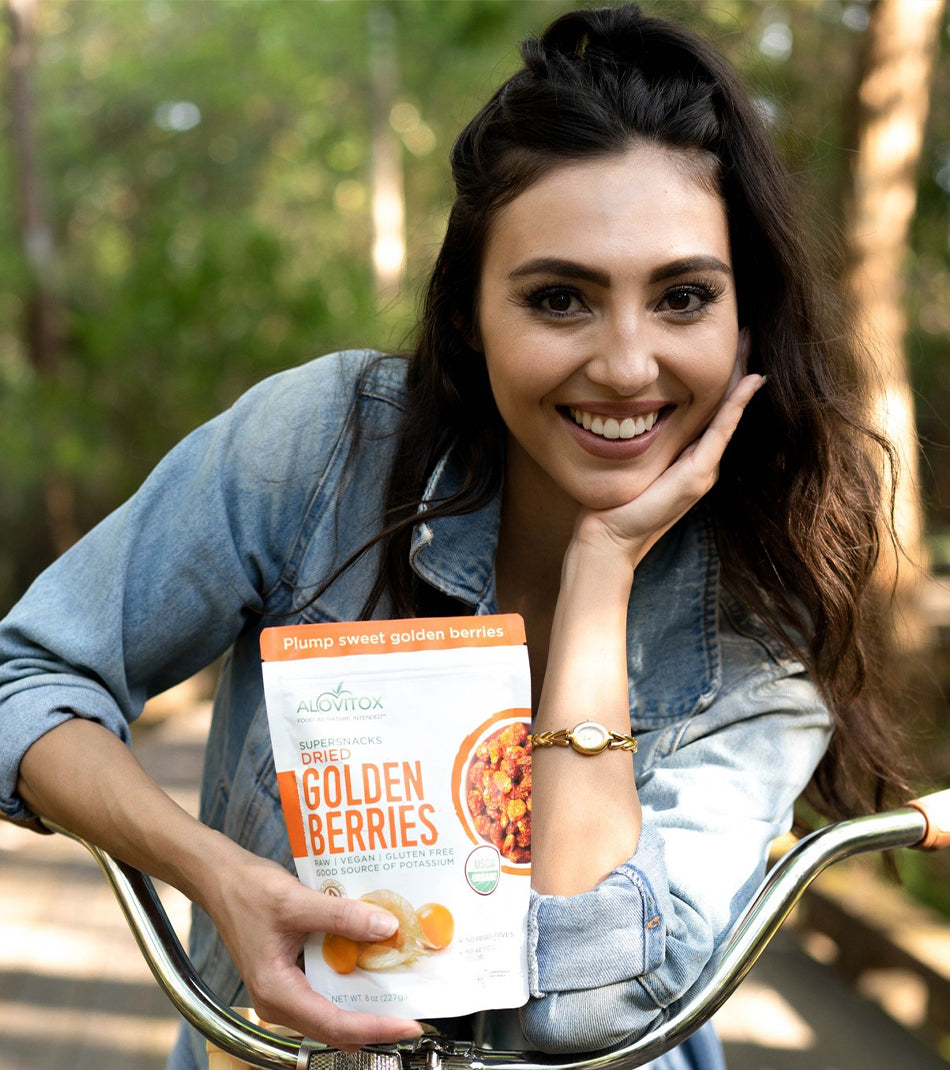Ceremonial Matcha vs. Culinary Matcha | What's The Difference? | Blog | ALOVITOX® Organic Superfoods
“I love you so matcha”
….But just how matcha?
How much would you be willing to pay for your matcha powder? That’s the decision many people have to make when deciding what type of matcha to buy. So what are the different types exactly, and what makes them so different from each other?
The main distinguishing factor of matcha, is that you are getting the tea leaves ground whole rather than steeping the leaves. Not just that, but the powder is ground using a Japanese traditional slow-turning wheel that grinds the tea slowly enough to minimize heat, which destroys much of it’s chlorophyll and nutrients.
So what are the different types of matcha and why do they vary so much in price?
CEREMONIAL GRADE MATCHA
First, let’s start with the baddest b*tch of them all – ceremonial grade matcha. This is the best tasting and highest quality matcha money can buy. It is made from the first harvest of the youngest tea leaves, in which all of the stems and veins of the leaves are removed to achieve a more delicate texture. This process creates a tea that is loaded with upwards of 10x the antioxidants of traditionally steeped green tea.
Typically whisked into hot water without the need for any other ingredients, ceremonial grade matcha is naturally smooth, sweet, and just the slightest bit astringent from all of the L-Theanine. The color is vibrant green (that makes you want to just stare at it for a minute). Taking into consideration the higher cost of ceremonial grade matcha, it is not ideally used as an ingredient in baking, cooking, or garnishing. It is top quality, and meant to be enjoyed on its own.
PREMIUM GRADE MATCHA
Next up is premium grade matcha, typically the second harvest of those young green tea leaves we just talked about. Still loaded with nutrients like ceremonial grade matcha, but because it isn’t the first harvest, the flavor tends to be a bit stronger and more bitter. The color is still bright green, with more hints of yellow.
CULINARY GRADE MATCHA
Lastly is culinary matcha, which is also made from slightly older young green tea leaves, typically from the third harvest of after. The flavor profile of culinary matcha tends to be the most strong of all matcha varieties. It is less sweet than ceremonial or premium grade matcha, and a bit more robust and bitter.
But that’s not always a bad thing! That makes it great as an added ingredient in baking, cooking, and sprinkling. The color is typically bright green but with more earthy hints of yellow. Culinary grade is definitely less vibrant than ceremonial grade and premium grade matcha, but still very green and rich in nutrients when it’s high quality.
No matter how you use matcha, it’s better to be using it than not at all. Try all different preparations of matcha – oat milk matcha lattes or glazed matcha donuts – we’re in support. Let us know what you think of the different types of matcha in the comments below.










